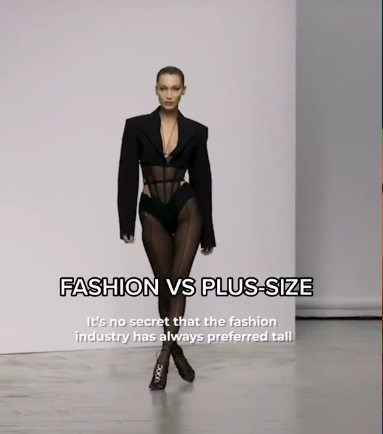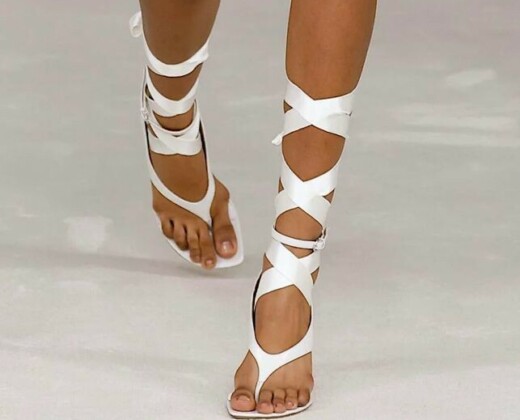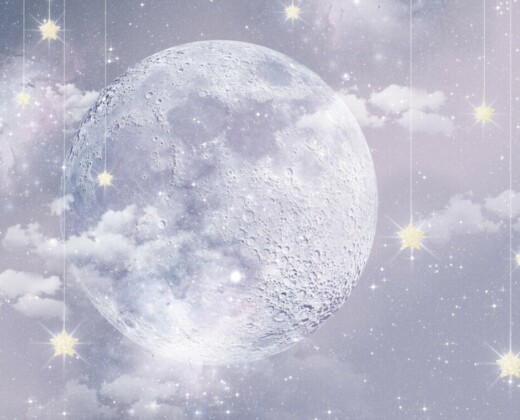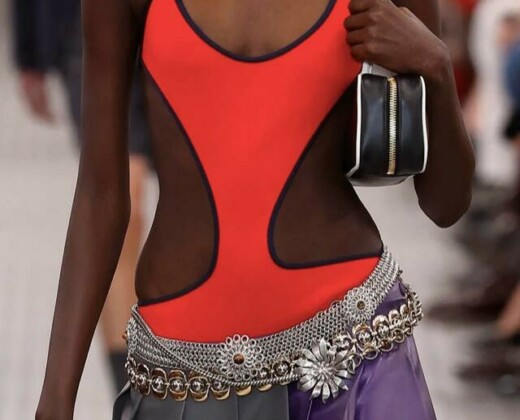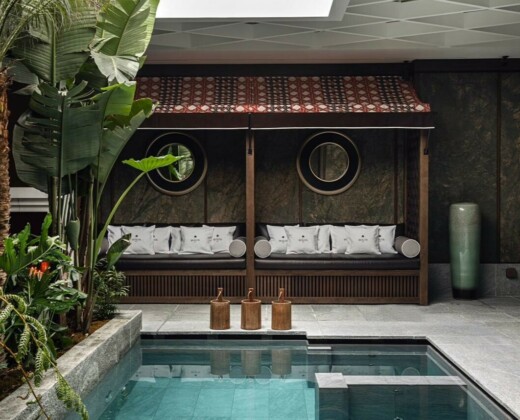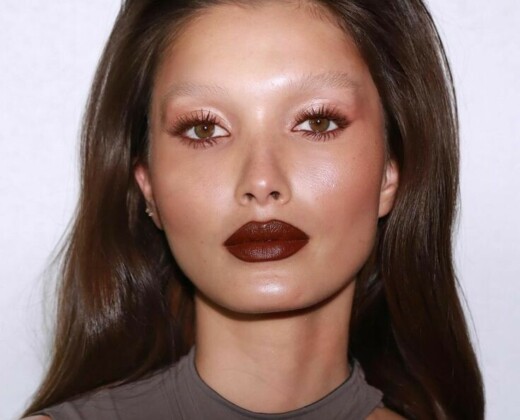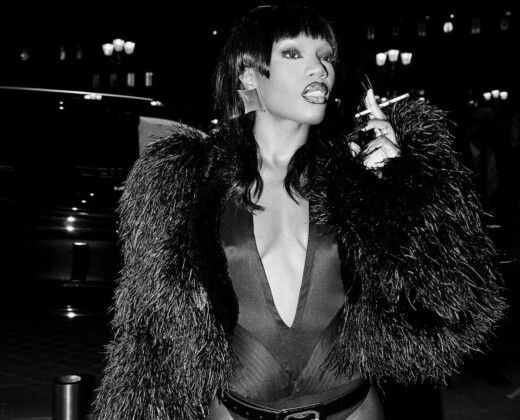Photo Credit: @Culted on TikTok
If you’ve been anywhere near an internet connection during the past year, then you have more than likely heard of TikTok. With 850 million downloads making it the most popular app of 2020, TikTok has reached a golden status previously only awarded to the likes of Facebook, Instagram, and Twitter.
TikTok follows in the footsteps of its predecessors through its ability to enable creatives to be seen and heard within a global community; users are able to create a sixty-second video about anything they choose, which they can then post for anyone on the app to see. While this may not be a ground-breaking concept, its simplicity is favoured by TikTok’s inclusive algorithm – meaning even the smallest accounts can go viral in just hours.
The fashion world has always been open to new trends and cultural shifts, so to see various parts of the industry embracing the world’s new favourite app is not unexpected. However, it can probably be said that no one anticipated just how much the app would change the landscape of fashion – and for the better, too.
But how exactly has TikTok changed the way we see and consume fashion? Find out below.
Getting to Know Designers as People
Brands are constantly seeking new ways to connect with consumers, and designers are no different. Whether viral challenges, process videos, or the ins and outs of running a business, the opportunities for marketing a brand appear endless. It’s also a great way for lesser-known designers to get their name out there amongst the masses. Independent designers such as Gunnar Deatherage (@gunnardeatherage) create BTS videos that give insight into their practice as well as their personality, allowing audiences to connect with these figures more directly. Rather than going through a look book, you can get a step-by-step run-through from a designer on how they moved from an idea to a final product. Even big names like Gucci are picking up on the marketing tactics of TikTok, having jumped on the #GucciModelChallenge bandwagon by reposting users’ videos on their page; the hashtag itself has amassed over 248.1 million views as of March 2021.
Democratising Our Understanding of Fashion
Many accounts have picked up on TikTok’s capabilities as an educational resource, using the sixty-second window to deliver punchy fact videos on specific topics. Fashion TikTok is no exception to the trend, having produced countless accounts dedicated to the history of fashion as well as current trends and designers. Jasmine Chiswell (@jasminechiswell) is known for the former category; the Marilyn Monroe lookalike can be seen creating 50’s-inpired styling videos that expand on the history of certain fashion staples and beauty
products. Accounts like Culted (@culted), on the other hand, traverse the landscape of contemporary fashion, analysing recent shows, discussing cultural influences, and infusing its commentaries with approachable humour. In doing so, these accounts make fashion, both past and present, more accessible to a global audience than ever before.
Event Coverage
In the days prior to COVID-19, events and shows were held at remote venues with limited audience numbers. Globalised lockdown measures have meant that many brands have had to go digital (if they hadn’t already before), and the short video layout of TikTok has proved a more than suitable platform for posting the highlights of seasonal shows. With Fashion Week winding down its second series of online shows, it’s become more essential for events organisers and brands to cultivate a strong online following. Fashion has taken the challenge head-on, with brands like Prada, Louis Vuitton, and Saint Laurent taking to live-streaming their shows on the app, making their events and collections more accessible to the public. Rather than a shiny VIP pass, all you need nowadays is TikTok and a good Wi-Fi connection.
Opening the Networking Door Beyond Design and Modelling
While TikTok has been known to be advantageous for both designers and models, it’s also become a great resource for aspiring fashion writers and editors. Many young people can feel anxious or lost when it comes to starting a career in fashion journalism, but those already working in the industry have begun to create content that illustrates their experiences of getting to where they are now. TikTok personalities like Bella Gerard (@bellagerard), Austen Tosone (@austentosone), Tara Gonzalez (@taramariagonzalez), and Rebecca Shinners (@shinnersss) are great examples of accounts that aim to break down the editorial side of the fashion industry. These accounts have made TikTok a space that allows aspiring fashion journalists to find role models they can reach out to, while illustrating a more realistic depiction of what the industry is like.
Leading the Way for Sustainable Businesses
It’s no secret that younger generations are leading the way on sustainable practices, often taking to social media to raise awareness of certain issues. Over 60% of TikTok users are thought to be Gen Z, meaning they dominate a lot of the content the app produces. Much of this content centres around educating audiences on (and finding resolutions for) climate change, sustainability, and ethical practices. In terms of fashion, you can find many videos on TikTok that offer alternatives to fast fashion and waste – from where to go thrifting and how to upcycle your old clothes, to challenges like the denim bleaching and transforming bedsheets into dresses. TikTok’s favouring of small, independent businesses is also crucial to this wave of awareness, as it supports practices that are often grounded in slow and ethical manufacturing. Content creators like Lily Fulop (@mindful_mending) show followers how to reduce waste through upcycling while highlighting the more damaging practices of larger fashion corporations.
Words By Charlie Colville


